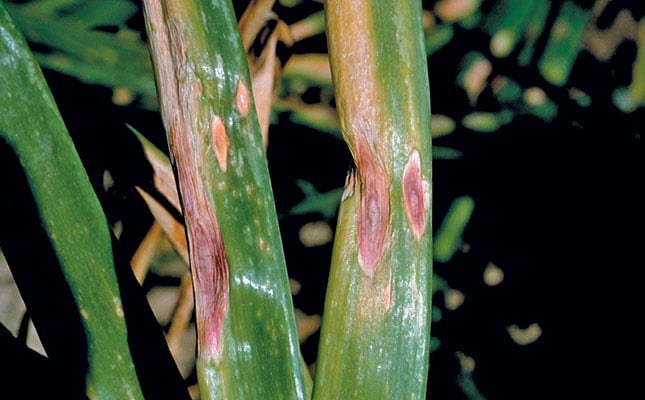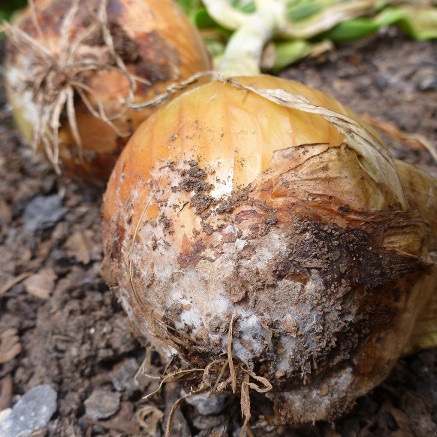Onion Plant
Onions are biennials, 6-24 inches tall, and frost-tolerant. They prefer well-drained, fertile soil in full sun. Keep the soil moist. Onions are both edible and have medicinal properties.
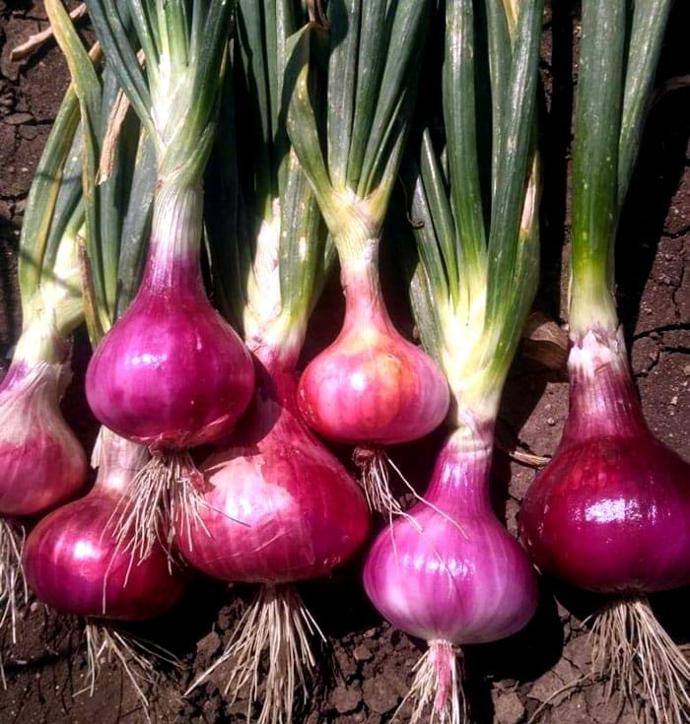
Habit
Biennial
Height
0.5-1 m
Growth
Slow
Soil
Well-drained, loamy
Shade
Full Sun
Moisture
Moist
Edible
Yes
Medicinal
Yes
Origin
Asia, Europe
Climatic Condition
Temperate, Subtropical
Temperature (°)
13-25°C
Humidity (%)
60-70%
Potting media
Loamy, peat
Fertilizers
Balanced NPK (10-10-10)
Watering
Regular, moderate
Plant Weight
100-150 g
Flowering Time
Spring, Fall
Soil Ph level
6.5 - 7.5
Water Ph level
6.5 - 7.0
Soil EC
1-2 dS/m
Yield Per Plant
Edible bulb
NPK ratio
10:10:10
life Span
Annual
Health Benefits
Rich in vitamins, helps in digestion
Suggested Grow Media or Potting Mix ?
40% compost, 30% peat moss, 30% perlite
Suggested Fertigation/Fertilizers
Fertilize every 4 weeks with a balanced, water-soluble fertilizer.
Common Diseases and Remedies
Bacterial brown rot , Stemphylium blight
Severe stunting of plants , dwarfing and twisting of the flower stalks
Bulbs meant for seed crop should be exposed to sun for 12 days to destroy the fungus.
Spraying with zineb (0.2%) , Karathane (0.1%) , or Tridemorph (0.1%) also gives good control of the disease
HEALTH BENEFITS
- Rich in sulfur compounds that boost immunity and heart health.
- Contains quercetin, which has anti-inflammatory and antioxidant properties.
- Supports digestion and acts as a natural prebiotic.
- Helps regulate blood sugar and improve circulation.
What Is An Onion?
Onions are versatile vegetables used in many cuisines around the world. They come in a variety of colors, including white, yellow, and red, and can be eaten raw or cooked. It adds flavor and aroma to dishes and is also rich in nutrients such as vitamin C and antioxidants. Onions are a vegetable known for their pungent taste and distinctive layered structure. It belongs to the same genus as garlic, green onions, and chives. Onions are often used in cooking to add flavor to dishes and can be eaten raw, cooked, or caramelized. They come in a variety of colors, including white, yellow, and red, and are rich in nutrients such as vitamin C and B6, dietary fiber, and antioxidants.
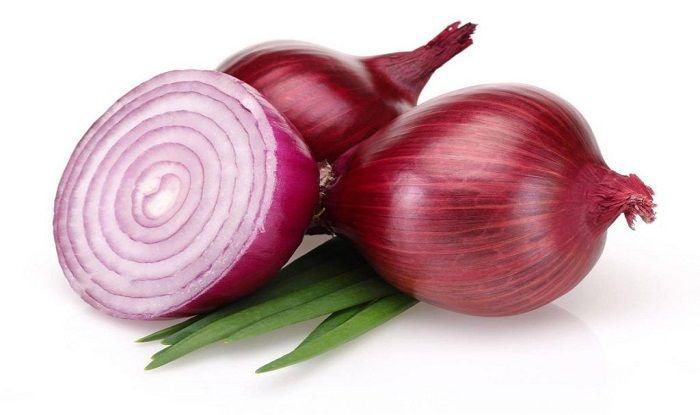
What Are The Different Types Of Onion
1. Yellow Onion
The most common variety, it has a strong flavor and becomes sweeter when cooked. It is highly versatile and used in a variety of dishes.
2. White onions
They have a milder flavor than yellow onions and are often used in Mexican cooking and raw salads.
3. Red Onion
Known for their bright color and mild, slightly sweet flavor, red onions are perfect raw for salads, sandwiches, or side dishes.
4. Sweet Onion
Varieties such as Vidalia, Walla Walla, and Maui onions fall into this category. Its high sugar content makes it ideal for caramelizing or using raw in salads.
5. Shallots
Smaller and milder than regular onions, they have a subtle garlic flavor. It is often used in dressings, sauces, or condiments.
6. Mizuna
Another relative of mustard greens, Mizuna has pinnate leaves and a mild peppery flavor.
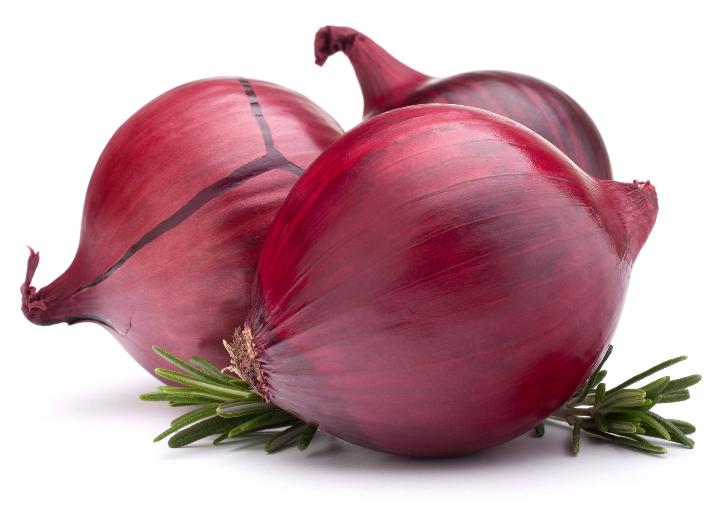
How To Care For Onion
1. Location
Onions grow best in full sun and well-drained soil. They prefer slightly acidic, loose loamy soils with a pH of 6.0 to 7.5. Be sure to plant in an area with good air circulation to reduce the risk of fungal diseases. Onions can be grown in the garden, in raised beds, or in containers as long as they have enough space for roots to develop and receive enough sunlight.
2. Sunshine
Onions usually require full sun to grow. Bulbs require at least 6 hours of direct sunlight each day for optimal growth and development. Therefore, make sure that your onion plant is placed in a sunny place in your garden or balcony so that it can absorb enough sunlight.
3. Soil
Onions prefer well-drained soil that is rich in organic matter. Sandy loam or clay soils are suitable. Make sure the pH is between 6.0 and 7.5. Adding compost or old manure will improve soil fertility and structure. Onions also benefit from a steady supply of nutrients, so consider fertilizing according to soil test recommendations or using a balanced fertilizer.
4. Hydration
To keep onions fresh and moist, store them in a cool, dry, well-ventilated area away from direct sunlight. Do not store in plastic bags or containers as they require air circulation. Additionally, you can store them in mesh or breathable bags to keep them fresh. If the onions lose moisture and start to dry out, soak them in cold water for a few minutes before using.

5. Nourishment
Onions are usually grown in well-drained, fertile soils with a pH of 6.0 to 7.5. Nutrients such as nitrogen, phosphorus, and potassium are required for optimal growth. You can fertilize the bulbs with a balanced or high-nitrogen fertilizer to encourage leaf growth early in the season. Additionally, incorporating organic matter such as compost into the soil before planting can provide important nutrients throughout the growing season. It is also important to water the bulbs regularly, especially during dry periods, to ensure that the bulbs receive sufficient…
6. Issues
Gray mold on stored onions, or soft and rotten onions, is usually caused by insufficient drying of the onions before storage or moisture. caused by storage conditions with high Check bulbs in storage regularly and dispose of rotten bulbs before the problem spreads to other bulbs.
What Are The Benefits Of Onion
Onions have several health benefits, including Nutrient Rich Onions are an excellent source of vitamins C and B6 and important minerals such as potassium and folic acid. Antioxidant properties Contains antioxidants such as quercetin and sulfur compounds that protect cells from free radical damage. Heart Health Sulfur compounds in onions may lower blood pressure and reduce the risk of heart disease by improving blood flow and reducing inflammation. Anti-inflammatory effects Onions contain compounds with anti-inflammatory properties that may reduce the risk of chronic diseases such as arthritis. Immune Support The vitamin C found in onions supports the immune system and helps prevent infections and diseases.
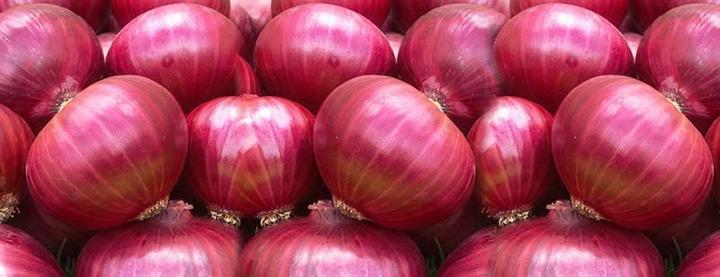
FAQs About Growing Onion
1. How to maintain an onion?
Storage Keep onions in a cool, dry, and well-ventilated place. A pantry or cellar is ideal. Avoid storing them near potatoes, as onions can cause potatoes to spoil faster due to their ethylene gas production. Air Circulation Don't store onions in plastic bags or airtight containers. Instead, use mesh bags, baskets, or even pantyhose to allow for air circulation. Separation Store onions away from other fruits and vegetables, as they can absorb odors and moisture, which can cause them to spoil faster. Inspect Regularly Check your onions regularly for any signs of spoilage, such as mold, soft spots, or sprouting. Remove any spoiled onions to prevent them from affecting the others. Avoid Moisture Keep onions dry. Excess moisture can cause them to rot. If they get wet, allow them to dry thoroughly before storing them.
2. What are the uses of an onion?
Onions have numerous uses in cooking, as well as some non-culinary applications Culinary uses Onions are commonly used as a flavoring agent in various dishes, including soups, stews, salads, sauces, and stir-fries. They can be sautéed, caramelized, roasted, or eaten raw. Base ingredient Onions often serve as a base ingredient in many recipes, providing depth of flavor and aroma to dishes. Garnish Sliced or chopped onions are often used as a garnish to add texture, flavor, and visual appeal to dishes. Pickling Onions can be pickled and preserved in vinegar, adding tanginess and flavor to sandwiches, salads, and other dishes.
3. Can I grow an onion as indoor?
Yes, you can grow onions indoors! Onions can be grown in containers with well-draining soil and placed in a sunny location or under grow lights. You can start from seeds or onion sets (small bulbs). Ensure they receive adequate water and nutrients throughout their growth cycle. Trim the greens as needed for culinary use, and you can harvest the bulbs when they reach a desirable size.
4. Which pot is best for growing an onion?
For growing onions, a pot that is at least 6-8 inches deep with good drainage is ideal. You can use a plastic or terracotta pot, depending on your preference and climate conditions. Terracotta pots may dry out faster, so they might require more frequent watering. Make sure the pot has drainage holes at the bottom to prevent waterlogging.
5. From where can I shop for an onion?
You can shop for onions at various places such as grocery stores, supermarkets, farmers' markets, local produce markets, and online grocery delivery services.
